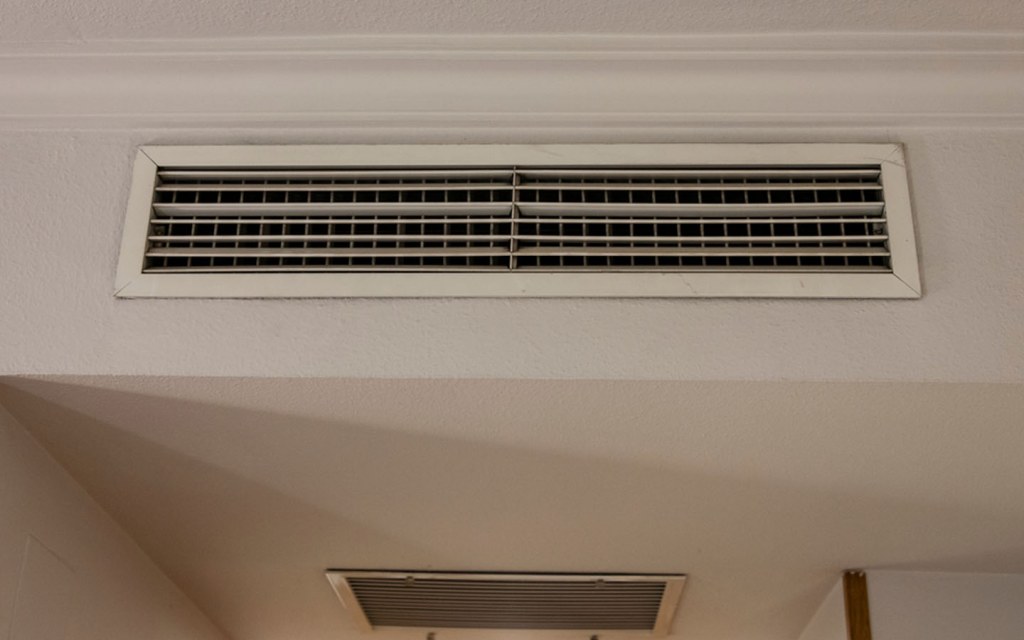The Cold Chain Validation Process
Eventually, validation strategies and directions were created for the cold chain distribution process as properly, with the target of providing heat guarantee throughout the production, storage, transport and delivery of medicines. Exclusively, the Parenteral Drug Administration’s (PDA) Technical Record #39 traces validation strategies for the cold chain PCM Gel Packs.
With some exceptions, the heat standard throughout the manufacturing, storage and transport of pharmaceuticals and vaccines is between 2 to 8 degrees Celsius. Because of the critical nature of this freight, rigorous screening must be executed on the apparatus and resources responsible for the successful supply to ensure it matches established standards. The prospective temperature must be maintained underneath the undesirable conditions that insulated shipping bins might be exposed to. These conditions are in first simulated and then tried “in the field.” Effects from these tests are recorded in good detail.
With new cool sequence options in position, the pharmaceutical source string is more stable and reliable than ever before. Information recording and reporting engineering has brought an advance and is more meticulous. The engineering encompassing covered shippers is heightened as well. Of course with this advancement comes an elevated quantity of credentials for cold sequence equipment to meet up and surpass included in the validation process.
However they range slightly according to each distinctive situation, some of the essential procedures within a cold cycle validation screening process are: All testing equipment, from thermal check chambers to shake tables, is afflicted by a full validation process. This guarantees that equipment is mounted properly and features as intended. Temperature monitoring machines are adjusted to ensure information is correctly documented.
All components of the cool cycle packaging system to be validated are examined to ensure they match specification. This ranges from insulated delivery containers and refrigerant packages to active heat and cooling systems. In a laboratory environment, the cold string appearance program is afflicted by a simulation of worst situation transportation conditions. Including thermal screening against hot and cool surrounding temperature users and physical hazards such as falls, vibration, and compression. Gear and information are cautiously monitored and all findings and findings are well-documented.
The cold sequence appearance system is then monitored in a live subject check to demonstrate that efficiency seen in the laboratory environment means “real life” conditions. If you can find any inconsistencies or issues with the process or gear all through screening, you will see no validation. Validation won’t happen until dilemmas are fixed and the maintain time ability has demonstrated stability below more rigorous testing.
Cold cycle validation does not end upon successful testing. The monitoring, examination and documentation of the system can continue even after initial validation screening is done. The importance of consistent and trusted temperature get a grip on in scenarios where life-saving products are included can’t be emphasized enough. And to those that manage cold chain circulation operations, the validation method offers insurance.
You will find various types of specific goods or products that have to be under carefully controlled problems or temperature at all times. Food, for instance, must be below strongly monitored and controlled conditions. Icy food and make, to be more unique, have to stay in cold problems during the delivery process. Seafood, which is among the prime perishable food types that is widely exported, can also be extremely temperature-sensitive. Whether these things can just be sent in an area place or have to be shipped international, it is very important that these products be kept in a storage or facility with cautiously controlled and uninterrupted temperature or climate.
The entire sequence or event that entails a specific product being kept under carefully monitored and controlled conditions pertains to the cold chain. A cool cycle concerns an uninterrupted and temperature-controlled present string consisting of various storage and distribution processes. For several temperature-sensitive items, this sequence can even start during their production stage.
That source cycle can also be important in the pharmaceutical and chemical industry. Medicines, vaccines and other scientific services and products also have to remain in an unbroken cold sequence any time during the transporting or distribution method, and also before it. Such temperature-sensitive services and products can very quickly become inadequate, worthless and actually hazardous when there is a change inside their storage’s climate problem before and in their distribution process.


